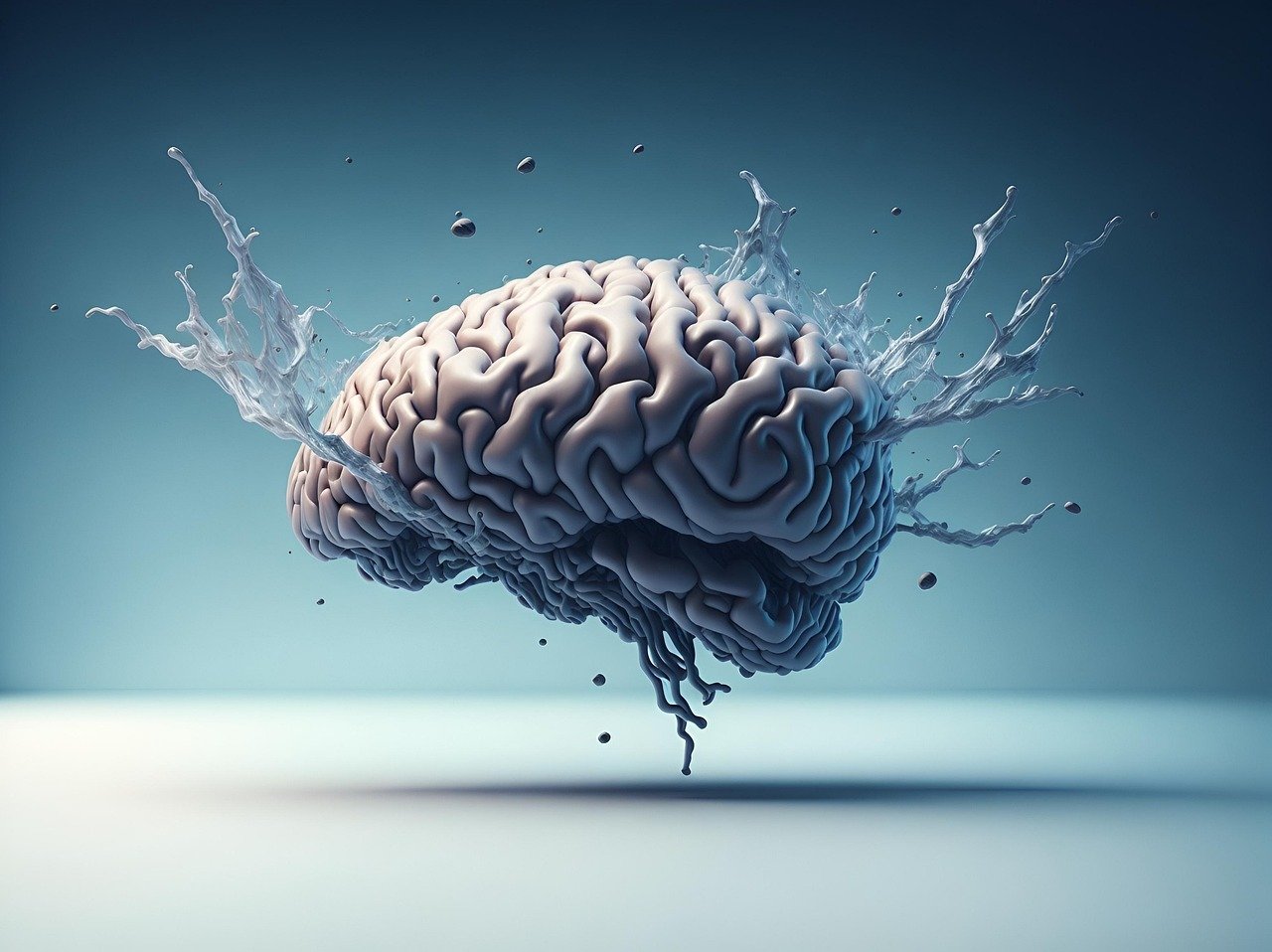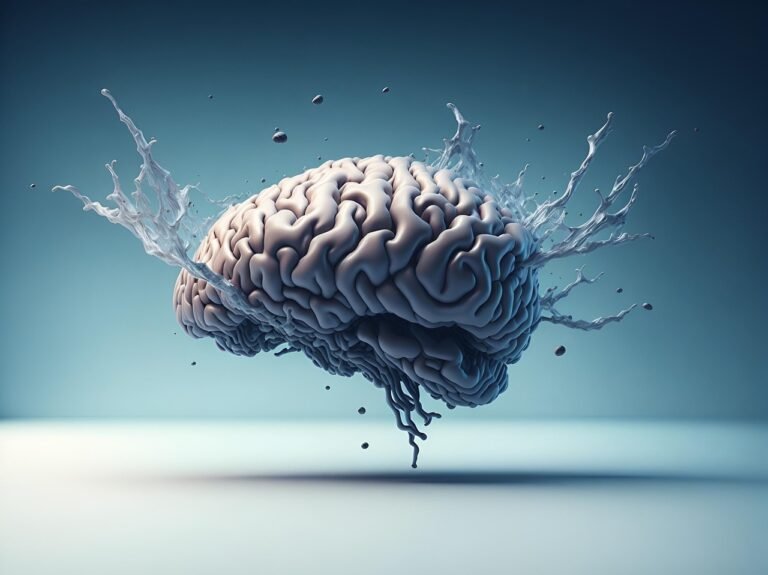The Birth of an Emotion: From Thought to Feeling The emergence of human emotions represents one of the most intriguing phenomena in human psychology, allowing us an understanding of how our thoughts develop into powerful feelings that affect our entire experience of life. Understanding the transition from thought to feeling provides us with a window to emotional regulation, mental health, and even the elemental basis of human consciousness itself.
 In modern society, despite a rich psychological understanding of human emotions, an overwhelming number of people are finding difficulties with excessive emotional responses. People feel powerless against the immediate waves of anxiety, anger, sadness, or fear that seemingly arrive from nowhere. The body of scientific research demonstrates that emotions don’t just occur, but they arise from predictable neurological and psychological body processes, and we can understand, influence, or redirect them if need be.
In modern society, despite a rich psychological understanding of human emotions, an overwhelming number of people are finding difficulties with excessive emotional responses. People feel powerless against the immediate waves of anxiety, anger, sadness, or fear that seemingly arrive from nowhere. The body of scientific research demonstrates that emotions don’t just occur, but they arise from predictable neurological and psychological body processes, and we can understand, influence, or redirect them if need be.
Understanding the Birth of Emotions: Which is the Basis of Human Experience
The birth of an emotion begins during the intricate interplay between thoughts, bodily sensations, and active neural networks that are processing internal and external sensory information in our environment. Emotions are not random, but are inherently complex biological responses meant to aid humans in navigating social, high-stakes, and environmental challenges.
The emergence of critical neuroscience has challenged the ways we view emotions, especially in the brain. This involves the engagement of multiple, simultaneous regions of the brain working together; you have the prefrontal cortex for thinking, you have limbic regions for emotional processing, and the brainstem for underpinning physiological responses.
New advancements in neuroscience have changed how we understand how emotions form in the brain. The brain regions involved include the prefrontal cortex for thinking, the limbic system for emotional processing, and the brainstem for basic physiological responses, to name a few.
Emotions arise through a cascade of neural activity initiated by perception and cognition, which activates specific brain circuits that give rise to the subjective experience we call feelings. This entire process happens very quickly, often in milliseconds after the triggering event we experience.
The Science Behind Thought-to-Feeling Transformation
Through neuroscience research, we have learned that emotional formation follows a clear and predictable process involving sensory input, cognitive appraisal, neural activation, and physiological response. All of these components depict the close connection between the thinking and feeling that embody human experience.
The cognitive appraisal theory has specifically been developed to explore the manner in which thoughts directly affect emotional outcomes. For instance, when you experience a situation, your brain will automatically appraise the meaning, relevance, and implications for your well-being of that situation. Then, these appraisal types of thinking promote an associated emotional response.
Researchers have shown that the same external event can result in completely different feelings based on your mind’s interpretation and processing of the information. This is evident in the different reactions humans can demonstrate after experiencing the very same circumstance.
The Neural Pathways of Emotion
Emotional information in the brain travels through multiple neural pathways that work in concert to create the complete experience of feeling:
The fast track consists of direct connections from sensory organs to the amygdala, which produces swift emotional responses prior to thinking
The slow track sends sensory information to the prefrontal cortex for conscious thought, and then signals are sent from the emotional centers
The feedback loop returns to thinking areas from emotional centers in order to allow feeling to affect thought processes
The memory integration system works as a method for relating current feelings to prior events that provide context and meaning
The Role of Thoughts in Emotional Creation
Thoughts play a key role in the creation of emotional feelings through a variety of functions and mechanisms that contribute to what you feel and the intensity of that feeling. Understanding these functions and mechanisms can be a highly effective tool for managing emotions and for mental health.

Interpretive thinking is how you derive value from an event, circumstance, or experience. An event can be a significant thrill or a significant terror depending upon the value your brain attributes to that event in the context of your life.






